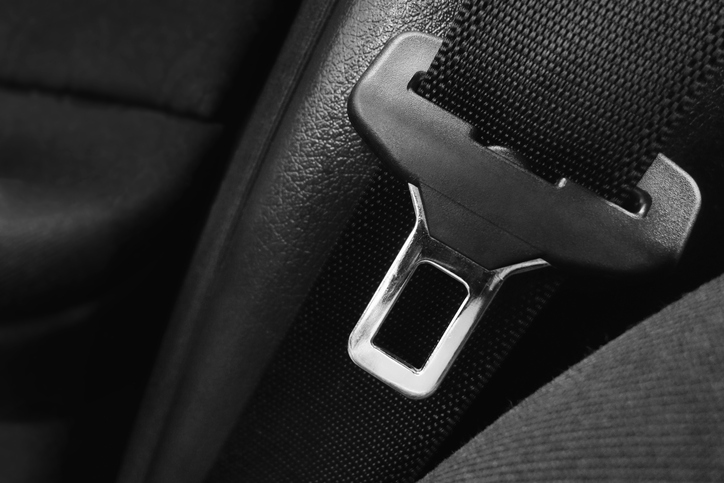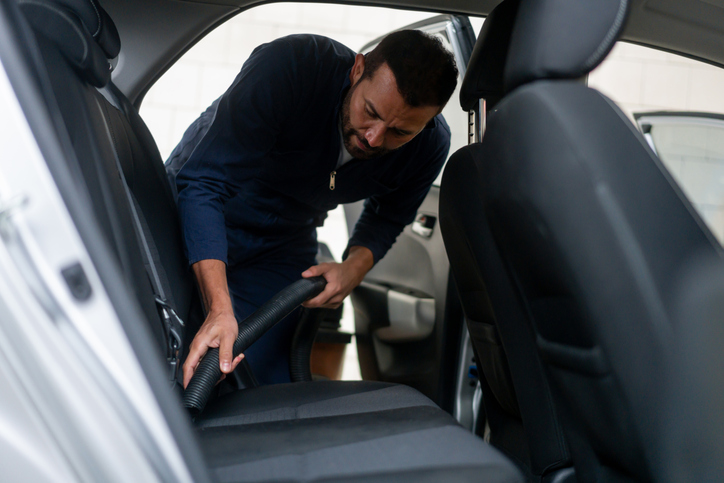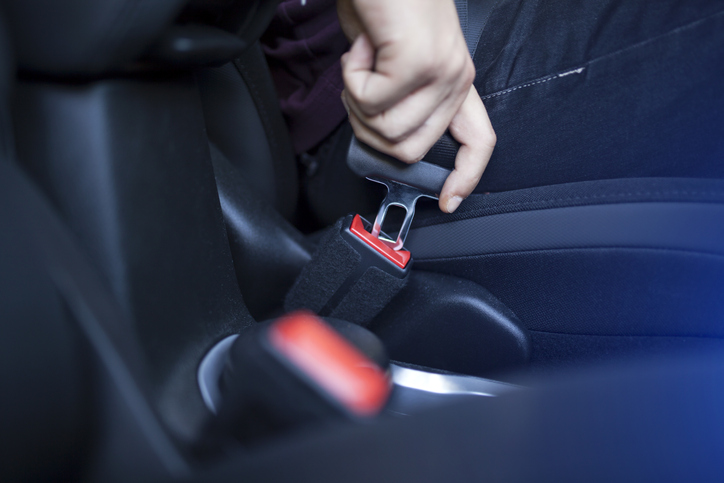
When was the last time you cleaned your car’s seatbelts? For a guess, we’d say never. Not that we’re trying to guilt trip – after all, seatbelts are easily the most overlooked of all components during regular car cleaning.
But when you think about it, this is actually pretty gross. Seatbelts, like all soft furnishings inside the cabin, can trap all sorts of germs, dirt, and bacteria, so who knows what you’re putting your hand on each time you strap in behind the wheel?
If thinking about the kind of dirt your car’s seatbelts are harbouring is enough to make your toes curl, this guide is for you. We’ve covered some expert tips on the best ways to clean car seatbelts, along with a few reasons why it’s a good idea.
Why You Should Clean Your Seatbelts
Few drivers spare a thought for the cleanliness of their seatbelts, even when the rest of the car is spick and span. But there are several reasons why you should make a habit of cleaning the harnesses, including:
Stops the spread of germs
Seatbelts are exposed to all sorts of nasties that easily spread from hands to belts and back again. And unlike with hard surfaces like the dashboard, gearstick and steering wheel, bacteria is much more likely to take hold within the soft fibrous material of the belt itself, making germs a lot tougher to remove.
Reduces bad odours
As we’ve touched on a lot here on the Simoniz blog, bad odours can be difficult to remove from your car once they’ve set in, so you need to stay on the front foot to stop smells in their tracks. By failing to clean your car seatbelts regularly, you could be overlooking one of the worst-offending interior components for housing bad smells – whether that’s sweat, smoke or fust and mildew.

Prevents long-term staining
Since they’re made from a relatively fibrous material like polyester, car seat belts can easily absorb liquids, dirt and moisture that can cause staining over time, diminishing the appearance of your car’s interior. By getting in the habit of cleaning your belts, you can prevent this long-term damage and keep them in a clean, safe, and usable condition.
Ensures longevity
Just like any other component on your car, seat belts can wear with time and may develop faults if they’re not properly cared for. This is compounded when dirt, dust and excess oil are allowed to spread into the seatbelt mechanics, with the potential to cause problems that could easily have been avoided if the fabric was routinely cleaned.
Stops the transfer of dirt and stains onto your clothes
When seatbelt dirt gets so bad, it can actually transfer dirt onto your clothes. This is particularly common in warm weather when friction and heat cause the oils and moisture on the seatbelt to rub off onto your clothing. You don’t want to ruin your day’s outfit with a hard-to-remove seatbelt stain, so do yourself a favour and keep those belts clean throughout the year.
How to Clean Your Car’s Seatbelts
The why of cleaning your car’s seatbelts is pretty self-explanatory. But now for the tricky part: the how.
Seatbelts are unlike any other surface within the cabin, so need to be treated slightly differently from upholstery like the seats and carpets. Add to that the fact that seatbelts retract when they’re not in use and this can make cleaning them tougher than you might expect.
Don’t stress, though, because our step-by-step guide is here to walk you through the process.

What you’ll need
- Simoniz Upholstery & Carpet Cleaner
- A vacuum cleaner
- A couple of dry, clean cloths for wiping
- Paper towel
- A clamp or clip for holding the seatbelt in place
Clean your seatbelts in 5 easy steps
- Start by stretching the seatbelt out as far as possible before clamping or clipping it in place. Heavy-duty spring clamps work best and are great for anchoring the belt at tension. You can attach the belt to the steering wheel in a pinch, though a workbench pulled alongside each door may work better.
- Next, give the seatbelt a quick vacuum clean to remove any loose debris, dust, and dirt. Rubbing a paper towel up and down the belt could also help to lift any excess moisture and oils before you start the full clean.
- Using a can of Simoniz Upholstery & Carpet Cleaner or similar, apply the product carefully to the belt, being sure to work it in. Our Upholstery cleaner is great for this as it features an attached brush head that is ideal for working the cleaner deep into the upholstery fibres.
- Leave the product to work for a few minutes, making sure the seatbelt is clamped tightly so it can’t retract back into the housing. This is a good opportunity to clean the buckle and mechanism, which we’d recommend doing with a soft-bristled brush and some light maintenance spray.
- After a few minutes, give the seatbelts a quick dry and then vacuum-clean the seatbelts again to remove any leftover residue, before patting dry with a paper towel. We’d recommend leaving the belts clamped in place until they’re completely dry.

And that’s it – not so difficult after all, right? So long as you figure out the best way to prevent the seatbelt from retracting, you should be able to clean the fabric to a high standard with the right tools and products.
Bonus tip: With the seatbelts clamped in place and unable to retract, consider using a hygiene spray like Simoniz Car Sanitiser to give the interior a deep, germ-killing clean. Our unique in-car sanitising spray gets to work instantly, with an auto-spray action that eliminates most germs and bacteria on hard and soft interior surfaces in under 10 minutes.
We hope this guide helps you to clean up those pesky seat belts. Ready to tackle the rest of the interior? Check out our interior car cleaning hub or view our complete product range for more handy tools and advice.
